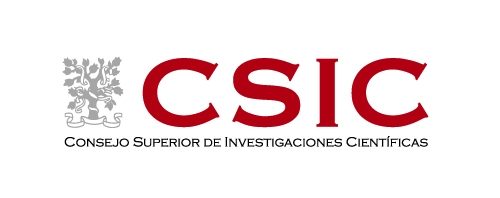Ultrasonic venting: Venting materials for packaging of air-coupled ultrasonic MEMS transducers. Work carried out within Listen2Future project, funded by the EU, presented at 2023 International Conference on Ultrasound.
Summary: Introducing the concept of ultrasonic venting: Use of MEMS ultrasonic air-coupled transducers, both PMUT and CMUT, is promising in industrial applications like non destructive testing (NDT), quality control, proccess control and materials characterization. Air-coupled provide the capability to perform fast and in-line inspections, completely contactless, while high frequency (>100 kHz) is critical to provide the demanded spatial and temporal resolution. However, for the packaging of the MEMS it is critical to identify suitable materials for venting, providing protection of the membrane against dust and humidity, but providing high transparency at ultrasonic frequencies. Materials already in use as acoustic vents (in MEMS microphones and speakers) are not suitable for this application, as the use of ultrasonic frequencies introduces new requirements and demands. This paper reviews these requirements, analyzes the suitability of materials used today as acoustic vents, and proposes lines of search to identify suitable materials for this application.
Abstract: There is a strong potential of air-coupled ultrasound where non-contact and fast inspection are key features. This includes emergent NDT fields (novel composites, li-ion batteries), medical diagnosis, quality control in materials manufacturing and food processing. These cases demand frequencies > 200 kHz. MEMs transducers, PMUT and CMUT, are a promising solution, however, their main applications are below 100 kHz. One of the key challenges for industrial application of air-coupled MEM transducers > 200 kHz is the packing, in particular, the venting. A vent is an aperture that permits to dissipate heat and balance pressure while preventing the entrance of contaminants; therefore, it is covered with a breathable, hydrophobic and oleophobic membrane. In the case of microphones or speakers the vent must permit the transmission of sound: they are called acoustic vents. Here we introduce the concept of ultrasonic venting which significantly differs from acoustic venting as there are a number of factors that become critical: pore size, porosity, thickness and interference with structure borne propagation. The goals also differ as requirements of ultrasound transparency and flatter frequency response are more demanding. The objectives of this work are to stablish quality criteria for ultrasonic venting, to apply them to a number of candidate materials including acoustic venting materials, to determine if their use can be extended over 200 kHz and to propose new solutions
An experimental set up to measure the spectra of the ultrasonic transmission coefficient in the frequency range 0.2-2.0 MHz is proposed and applied to a set of acoustic venting materials. Criteria for ultrasonic venting are proposed based on: 1) transparency to ultrasonic waves (loss < 10 dB) 2) flatness of the response vs frequency (i.e. no wave distortion < 6 dB/MHz) and 3) Contribution of structure-borne propagation < 40 dB below the pore-borne contribution. The study includes different solid compositions: porous and sintered PTFE, polycarbonate, polypropylene and cellulose; pore sizes in the range 0.1-10 µm and different porous structures: cylindrical pores, cellular structures and aggregation of fibers and particles.
Measurement of ultrasound transparency and frequency distortion of acoustic venting materials in the ultrasonic range show a poor to moderate performance, with a strong influence of pore size, so that use of pore sizes below 1 µm produce an unacceptable large attenuation and wave distortion. In some cases (sintered PTFE) the generation of structure borne propagation is more important producing bandgaps by the interference with pore propagation modes.




